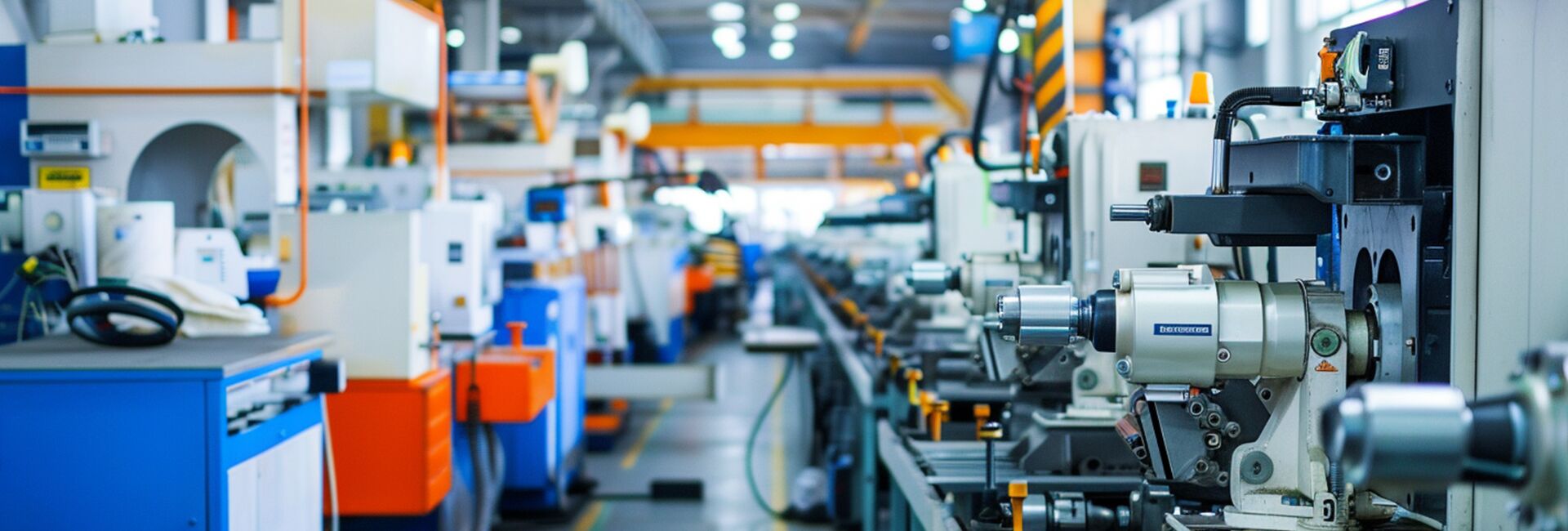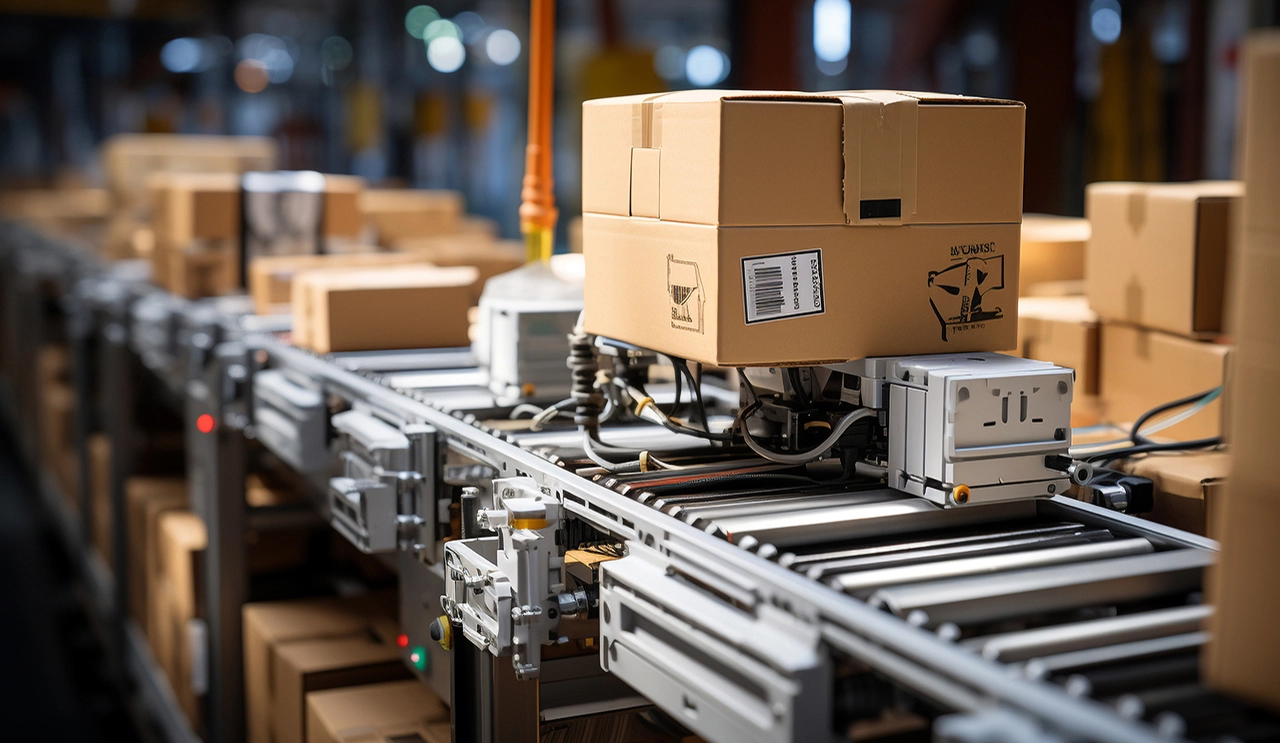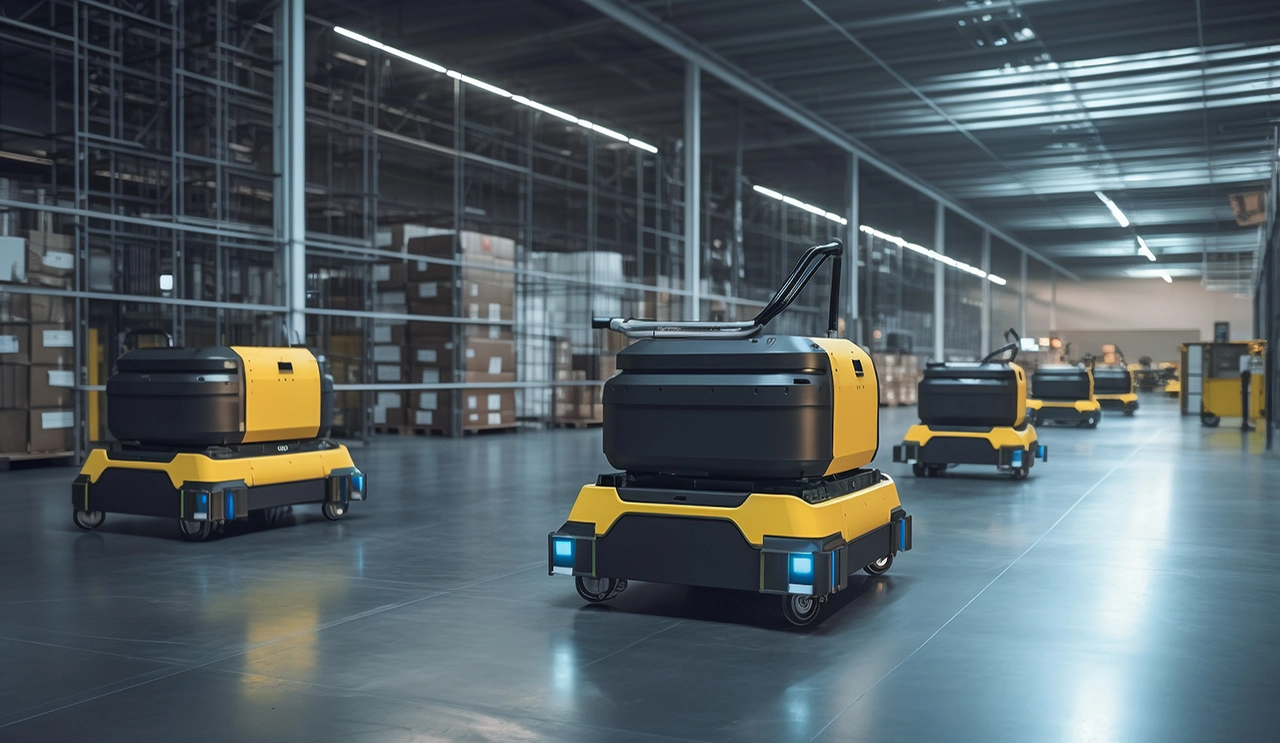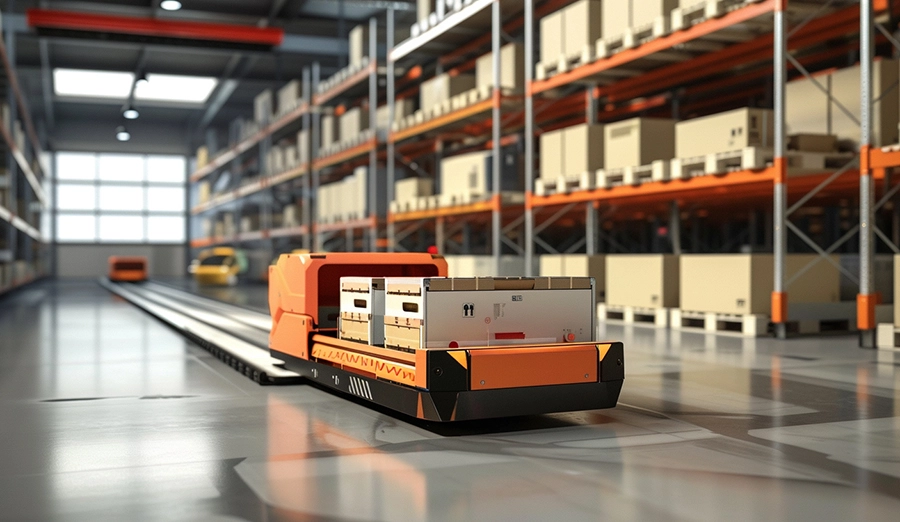
WIRELESS CHARGING IN THE NEWS

Today, as outdoor exploration becomes increasingly popular, the anxiety of electronic devices going out of power has become a shackle that hinders one's enjoyment.


In terms of deployment, it is necessary to consider ingeniously integrating the charging points into the planning of production logistics routes and the design of workstations. But the benefits brought by this "wiring fee" far exceed the investment.


Choosing a wireless charging AGV means choosing a cleaner production line environment, less safety concerns and lighter operation and maintenance burdens for your workshop. It is like an unsung guardian, silently enhancing the intrinsic safety level and comprehensive operational experience of the workshop.


Choosing a wireless charging AGV is not only an upgrade of production tools, but also an investment in the factory's future competitiveness and risk resistance capacity. It builds a lower-cost and more adaptable intelligent logistics chassis, allowing you to gain more initiative in the arena of future factories!


With the wireless charging power density exceeding 50kW/m² (such as the latest product of WiBotic in the United States), the charging efficiency is comparable to wired transmission, and the application scenarios of AGVs are expanding from factories to extreme environments such as ports and mines. This technological wave will trigger profound changes in the manufacturing industry.


Industry 4.0 requires AGV fleets to have the group collaboration capabilities of dynamic task allocation and real-time path optimization, while the "energy breakpoint" caused by the traditional charging mode has become a system bottleneck.


In the context of Industry 4.0, AGVs (Automated Guided Vehicles) serve as the "logistics blood vessels" of smart factories, and their continuous operation capabilities directly determine production efficiency.


The wireless charging system developed by WIRELESSPT can effectively address the pain points of traditional contact charging, achieving a comprehensive improvement in charging efficiency, safety and scene adaptability.


Electric scooters, as a popular means of short-distance urban travel, are promoting the rapid implementation of wireless charging technology. Wireless charging piles enhance user experience through "contactless energy replenishment" and optimize public space management at the same time, becoming an innovative node in the construction of smart cities.


According to technical principles and application scenarios, the charging piles for AGV (Automated Guided Vehicle) handling robots are mainly divided into the following five forms:


With the advancement of the global "dual carbon" goals and the explosive growth of the two-wheeled electric vehicle market, the traditional charging mode has become difficult to meet users' demands for convenience and safety.


From the disappearance of a single cable to the rebirth of a forest, wireless charging is proving that a true green revolution does not necessarily require grand narratives. Those energy trajectories hidden in the magnetic field might just be the key to a sustainable future.
